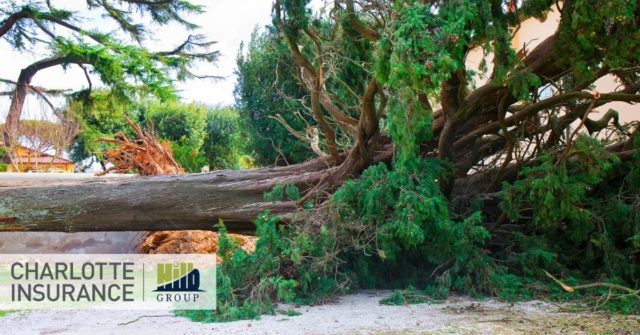Starting a business, especially one you can do from your home, is exciting and nerve-wracking. You’re taking control of your income, following your passion, and doing something you love! Of course, you’re thinking about supplies, marketing, how much to charge, what tools you need, and everything that goes into running a successful business. Maybe you’re already dreaming of the day when you’ve made it big.
If you really want to make your dreams a reality, there’s one detail you probably haven’t thought about yet, but you need to. And quickly.
How will you protect your home-based business? That’s right, insurance needs to be one of the first things you think about. Here’s what you need to know.
Homeowners Insurance and Your Home Business
Your standard homeowners insurance policy likely won’t be enough to cover your business, especially once you begin to purchase equipment, supplies, or inventory. Basic policies tend to offer about $1,500 in coverage for personal property used for business reasons and $750 in coverage for business property used away from home. That might be enough when you first start but within a month or two, it likely won’t cut it.
What you don’t need, as a new business, is to pay out of pocket to replace necessary equipment to run your business. That’s where the right insurance coverage becomes important.
You have three options to protect your home business.
Home Insurance Endorsement to Increase Business Property Limits
While your business is still small, or if you don’t anticipate handling a lot of inventory, you may be able to add a home-based endorsement to your existing home insurance. To determine if this is the right option for you, your business should:
- Plan to have less than $4,999 of business-related property kept in your home.
- Not allow customers to visit your home-business location.
- Only have $750 of property intended for business use outside of your home.
In-Home Business Endorsement
For slightly larger home businesses, or those who have higher inventory and/or equipment needs, consider an in-home business endorsement for your homeowners policy. You’ll receive more coverage for business equipment and additional liability protection with this option.
Business Insurance Policy
It’s possible that from the start or at some point in the future, your business will be too much for your home insurance to handle. At that point, you need to consider a business insurance policy. Consider this if and when your business:
- Provides services to customers inside your home.
- Plans to have $5,000 in business property kept at your home.
- Generates enough income to support your household.
Business insurance isn’t as exciting as picking out a new logo or deciding what product or service to offer. But it’s one decision that will protect your business now and in the future.
Not sure what kind of business coverage your home-based business needs? Contact Charlotte Insurance today to discuss your options!





